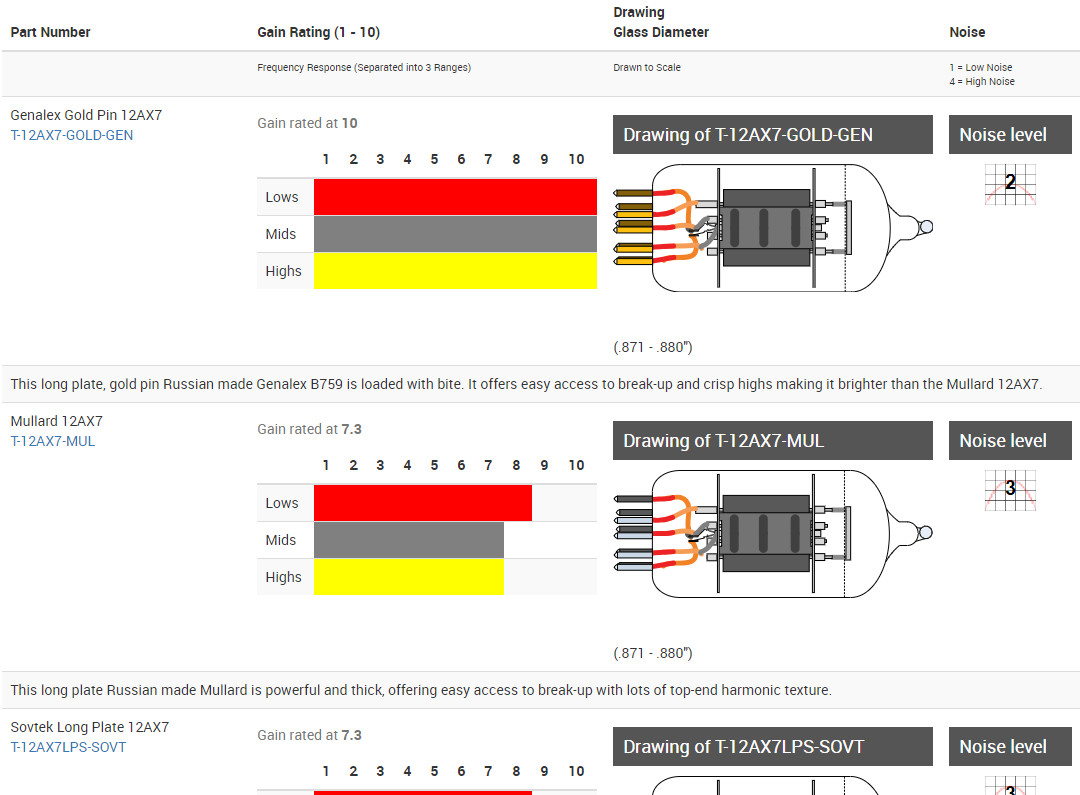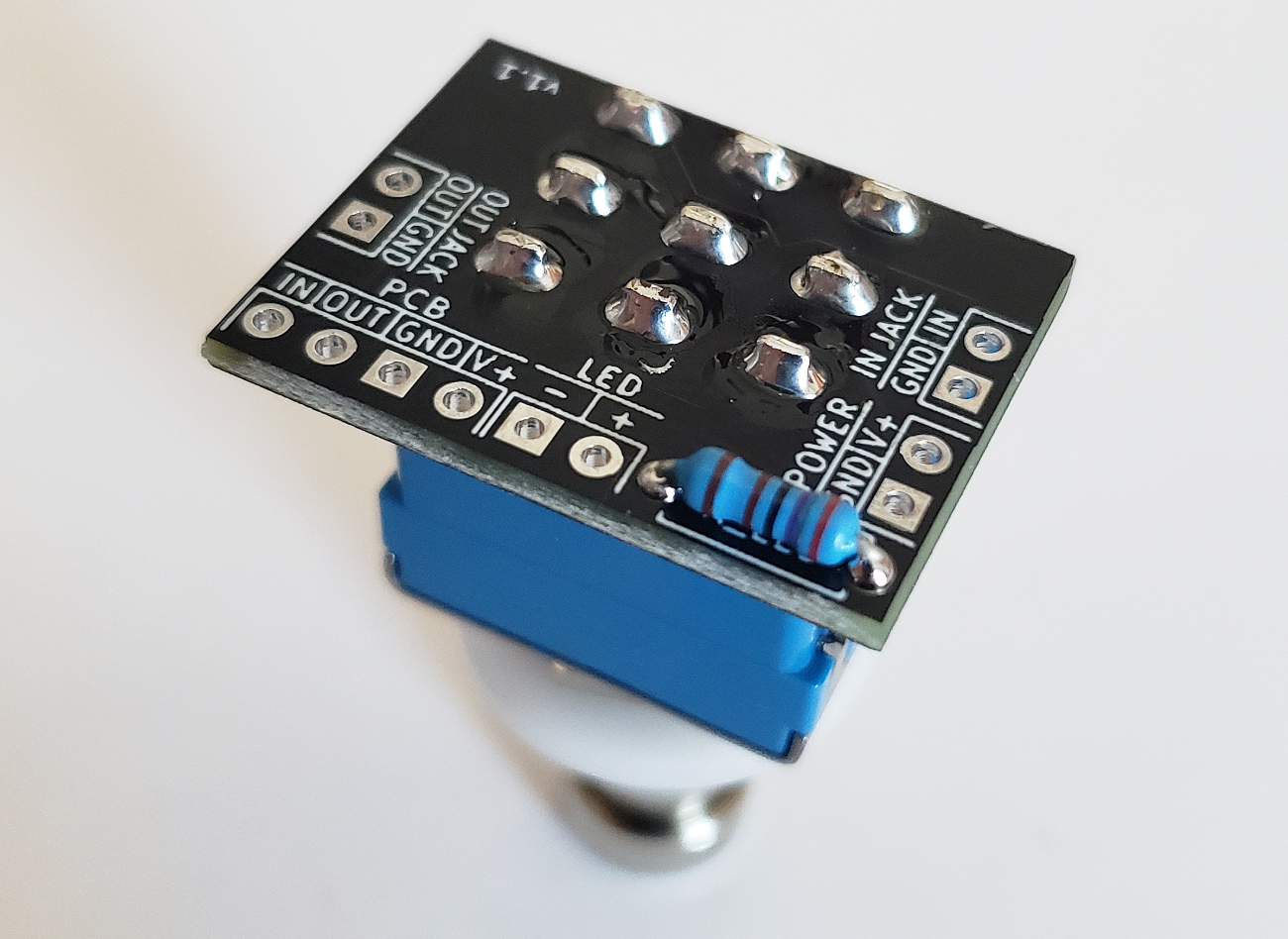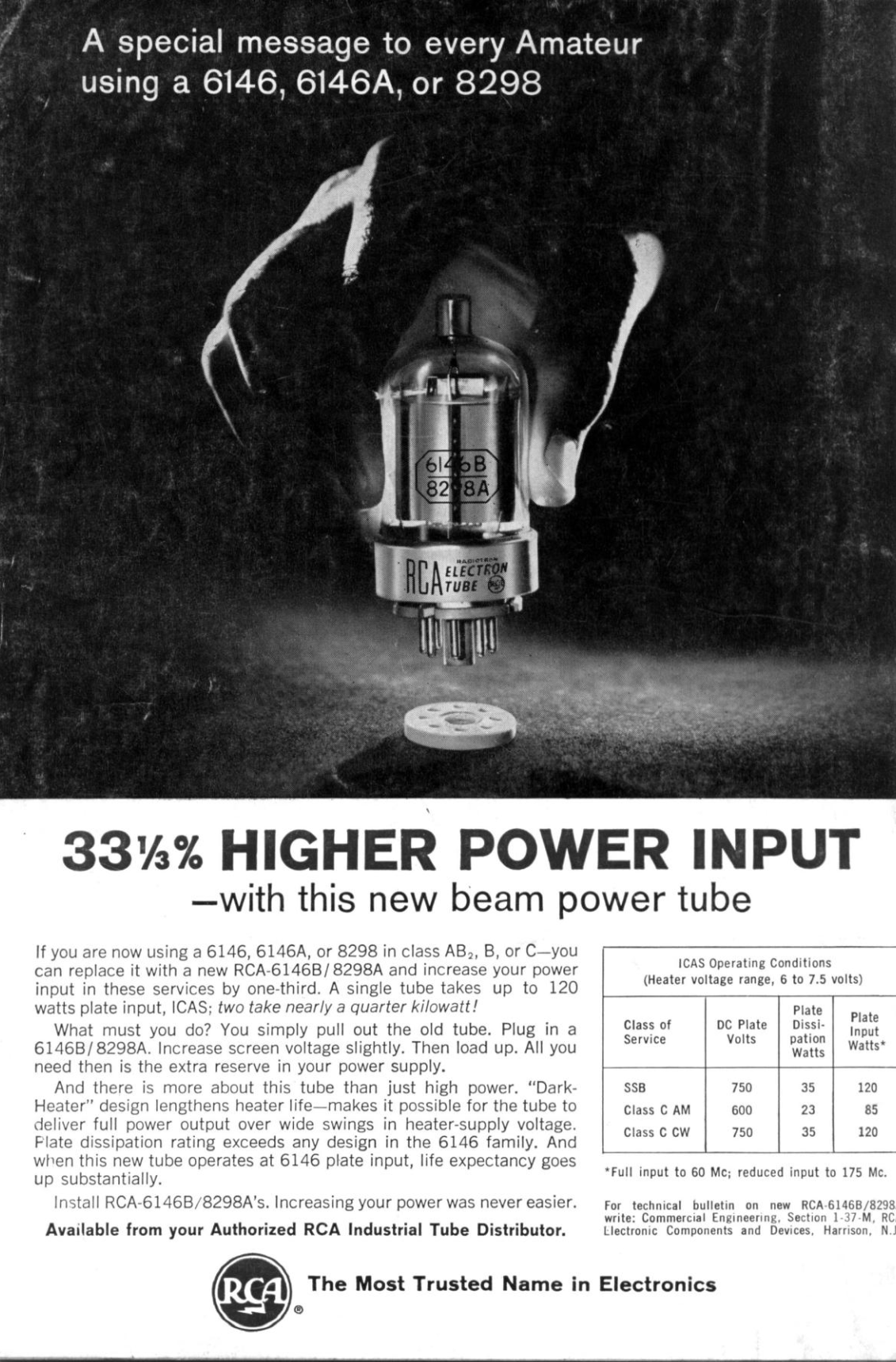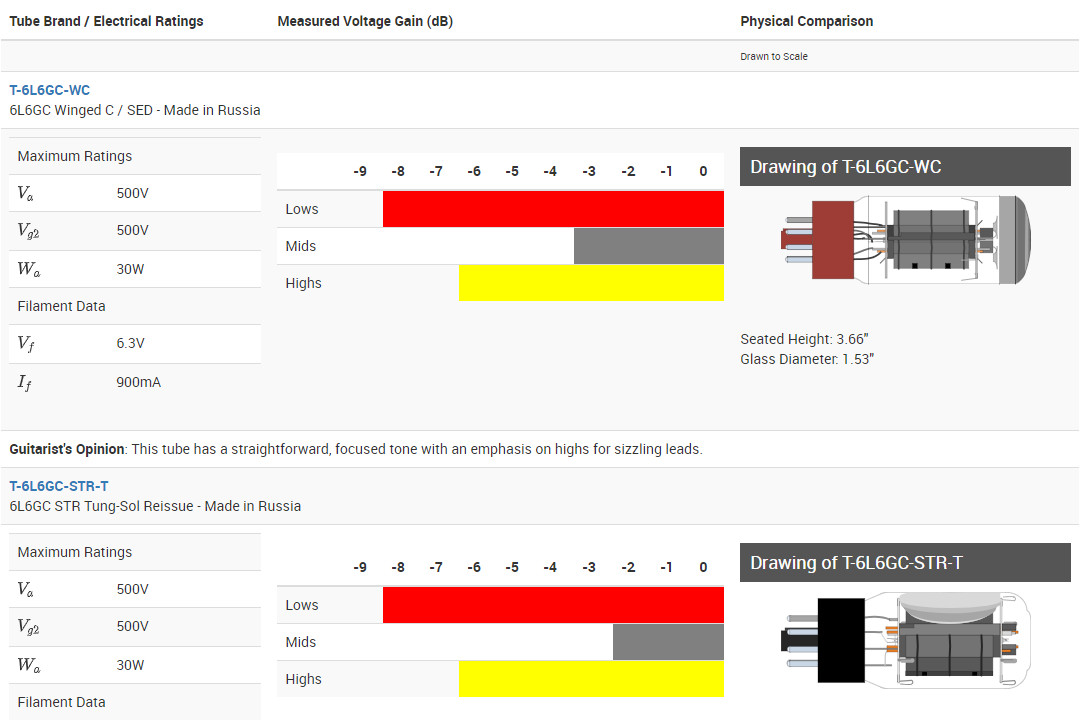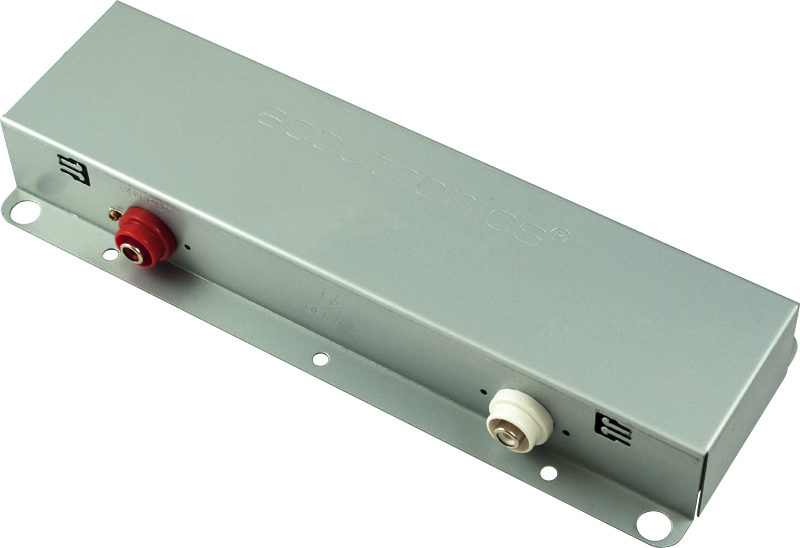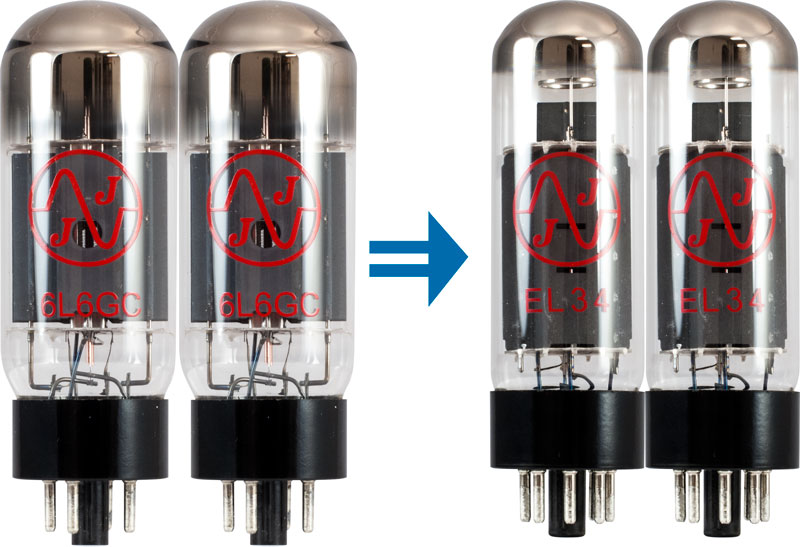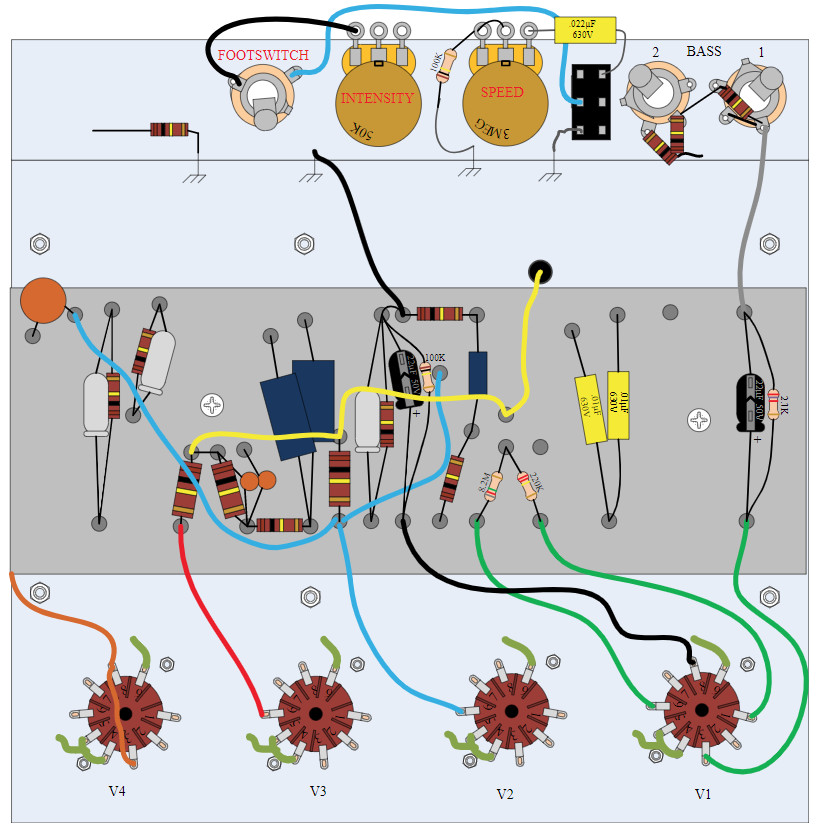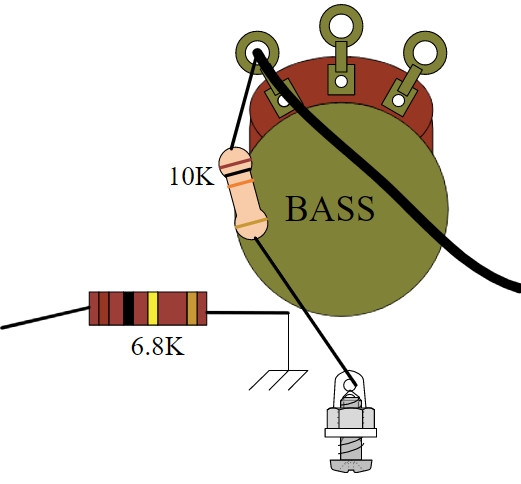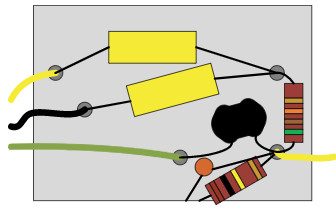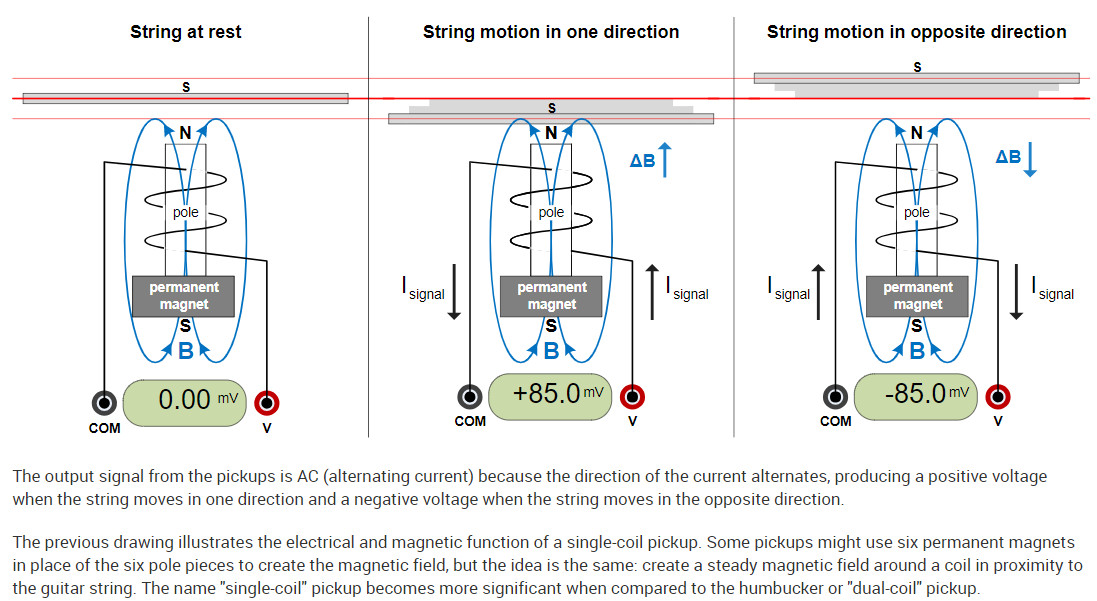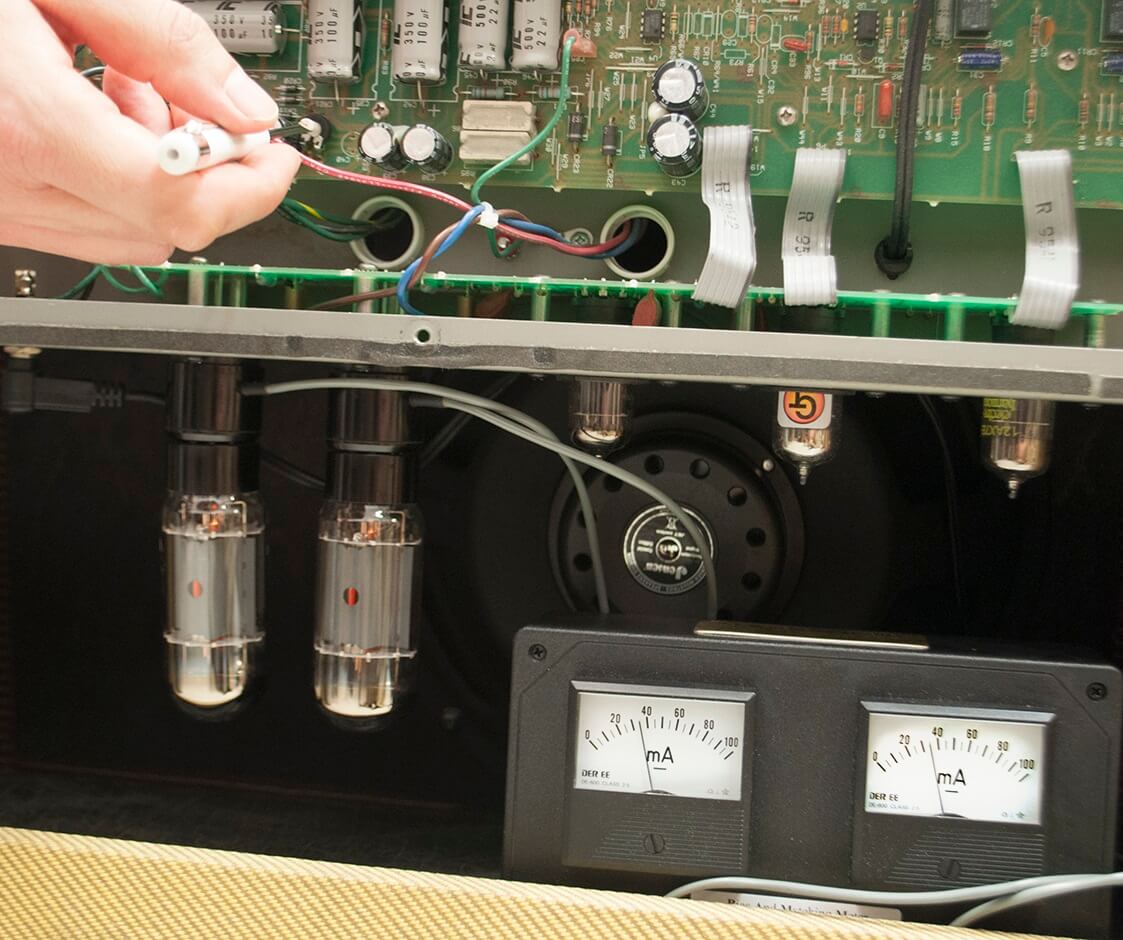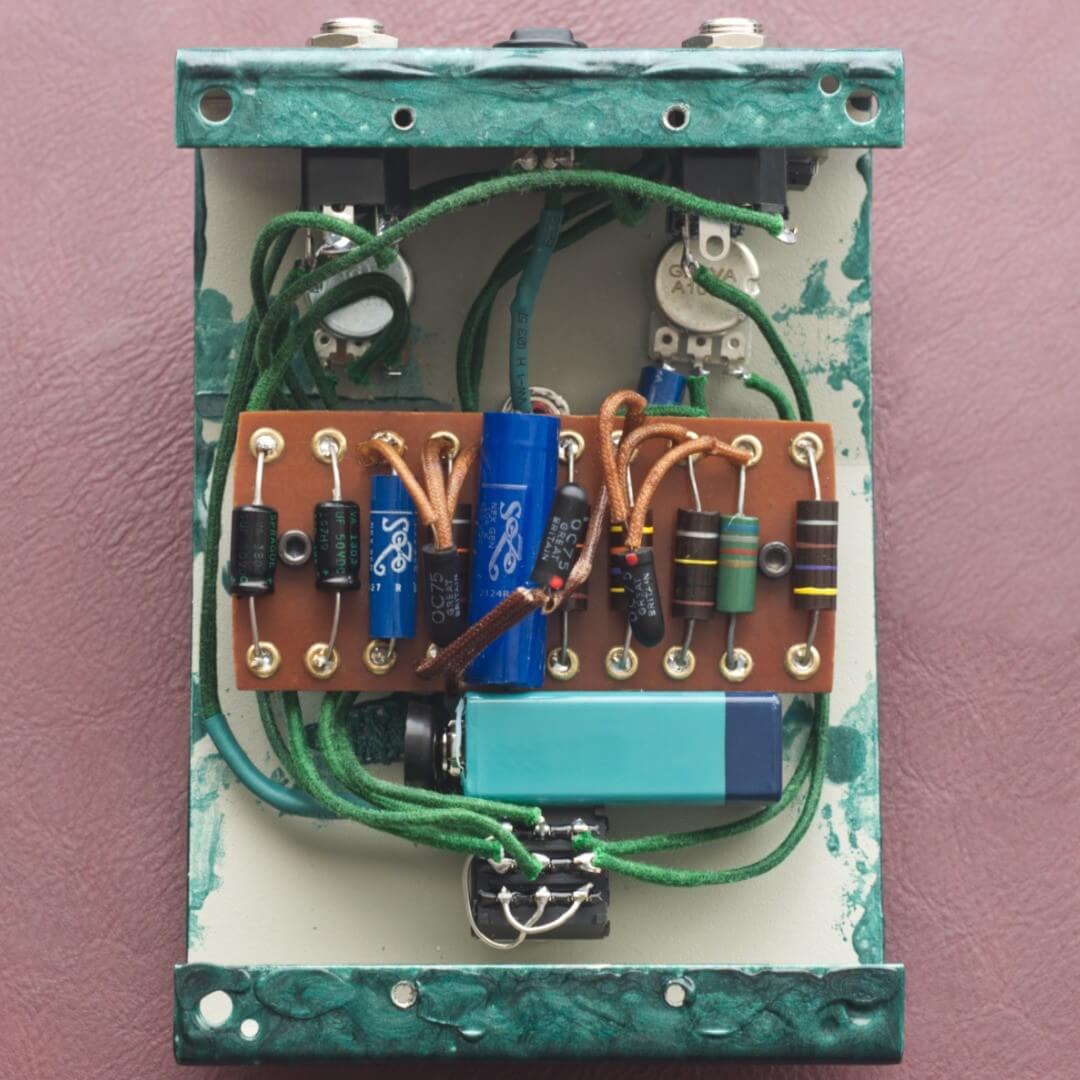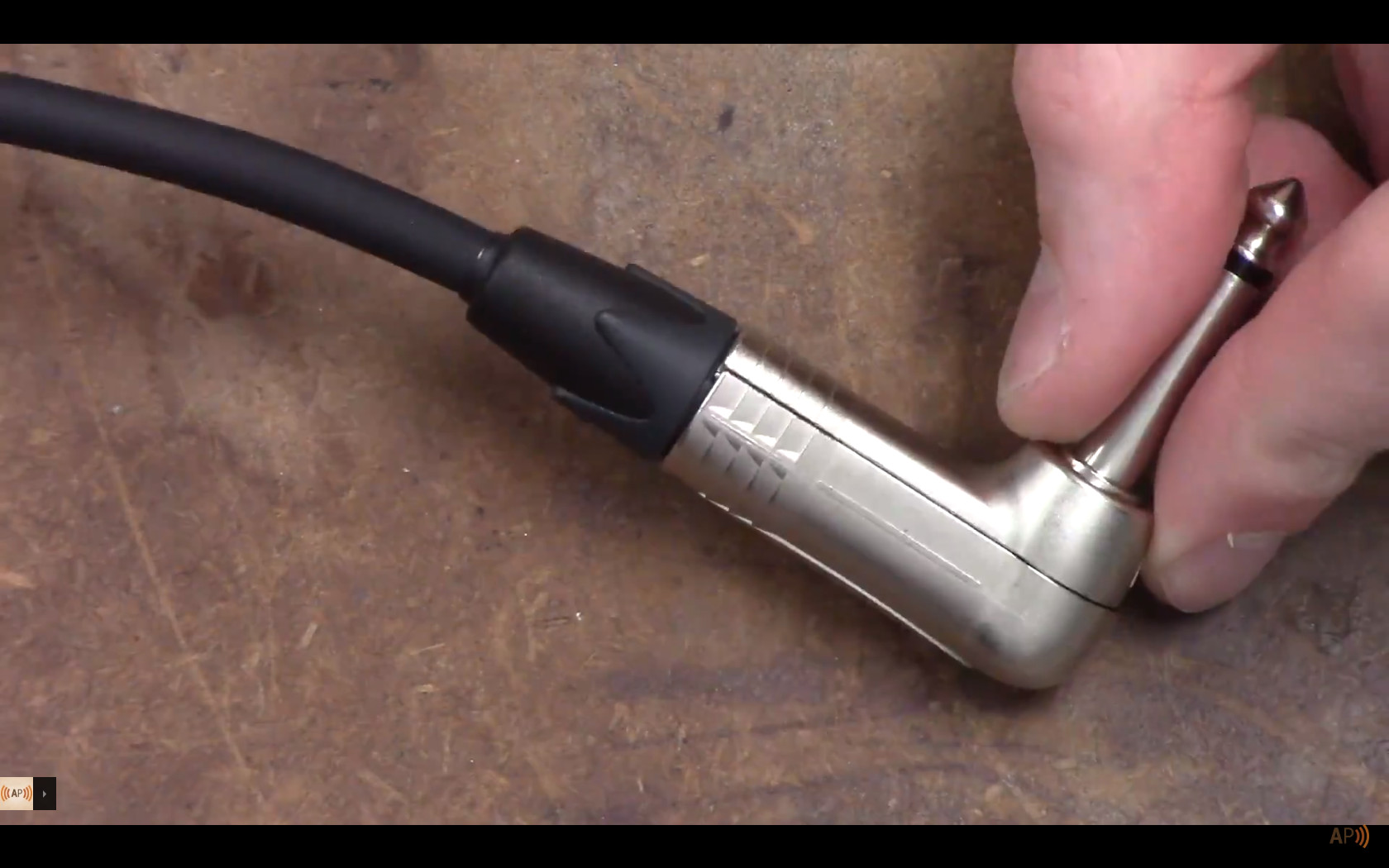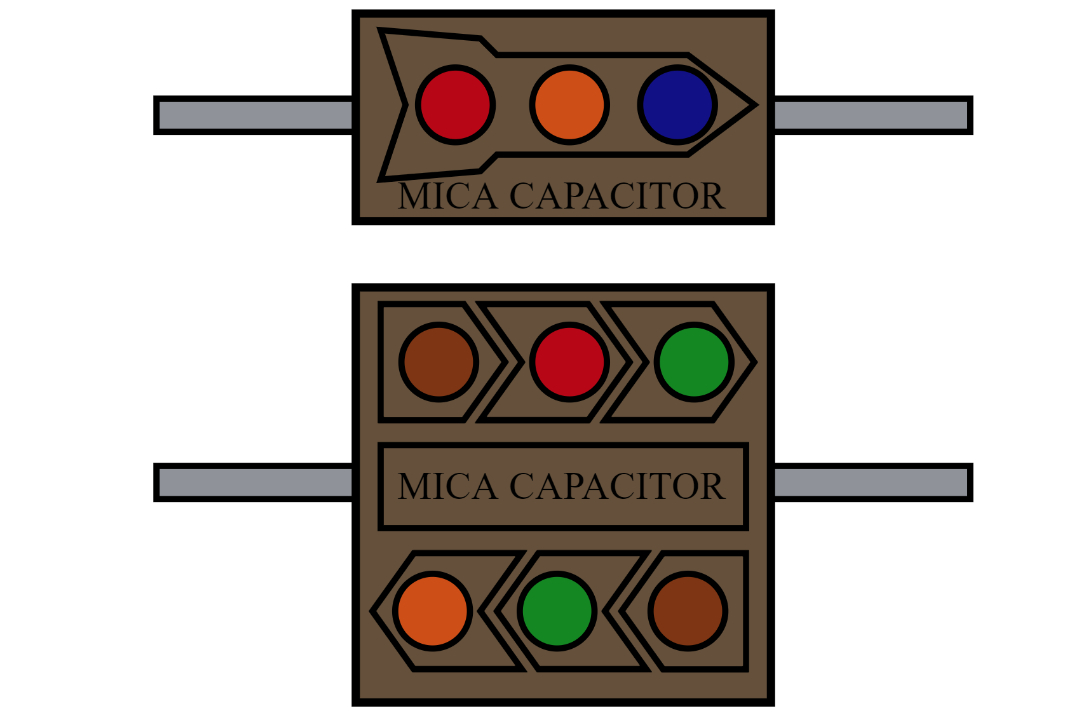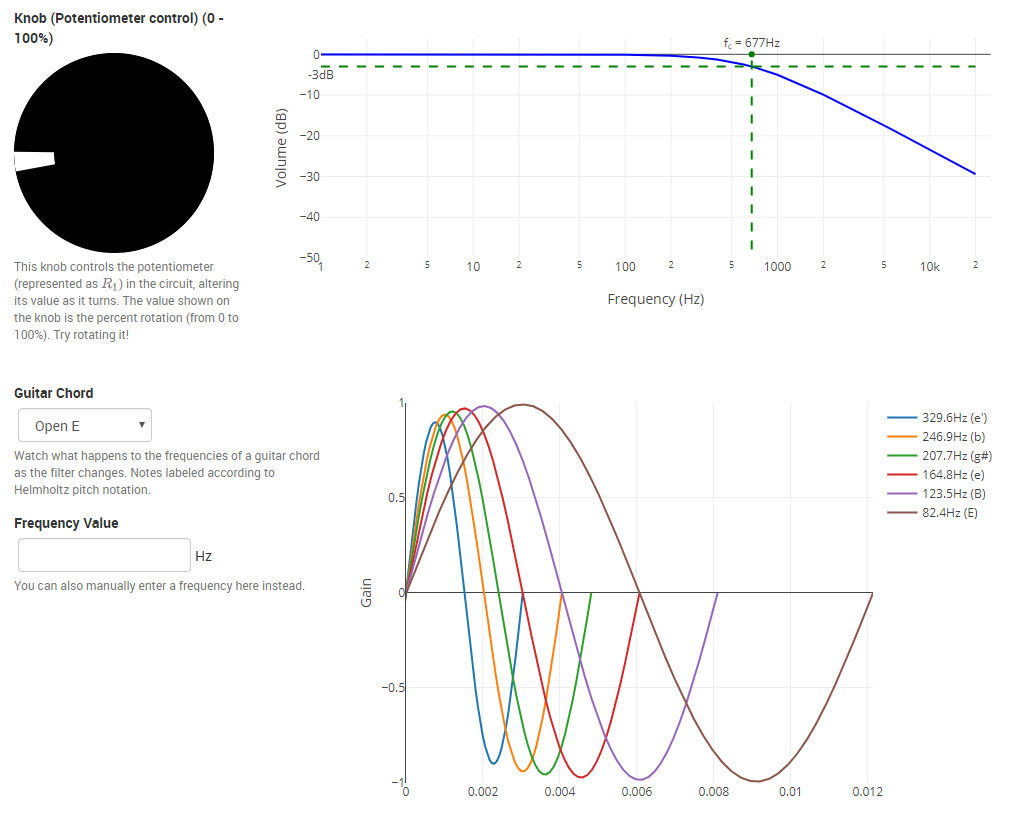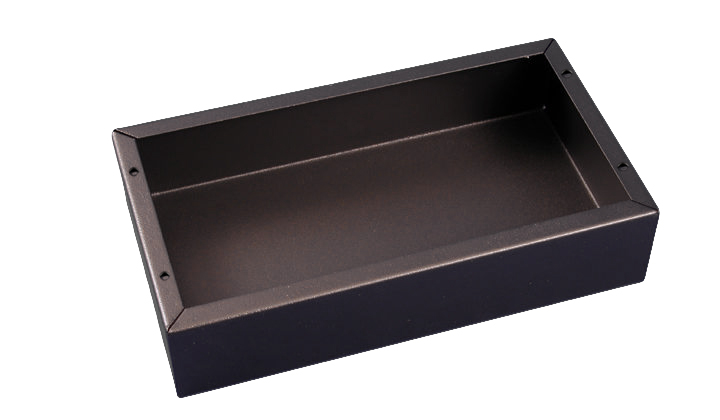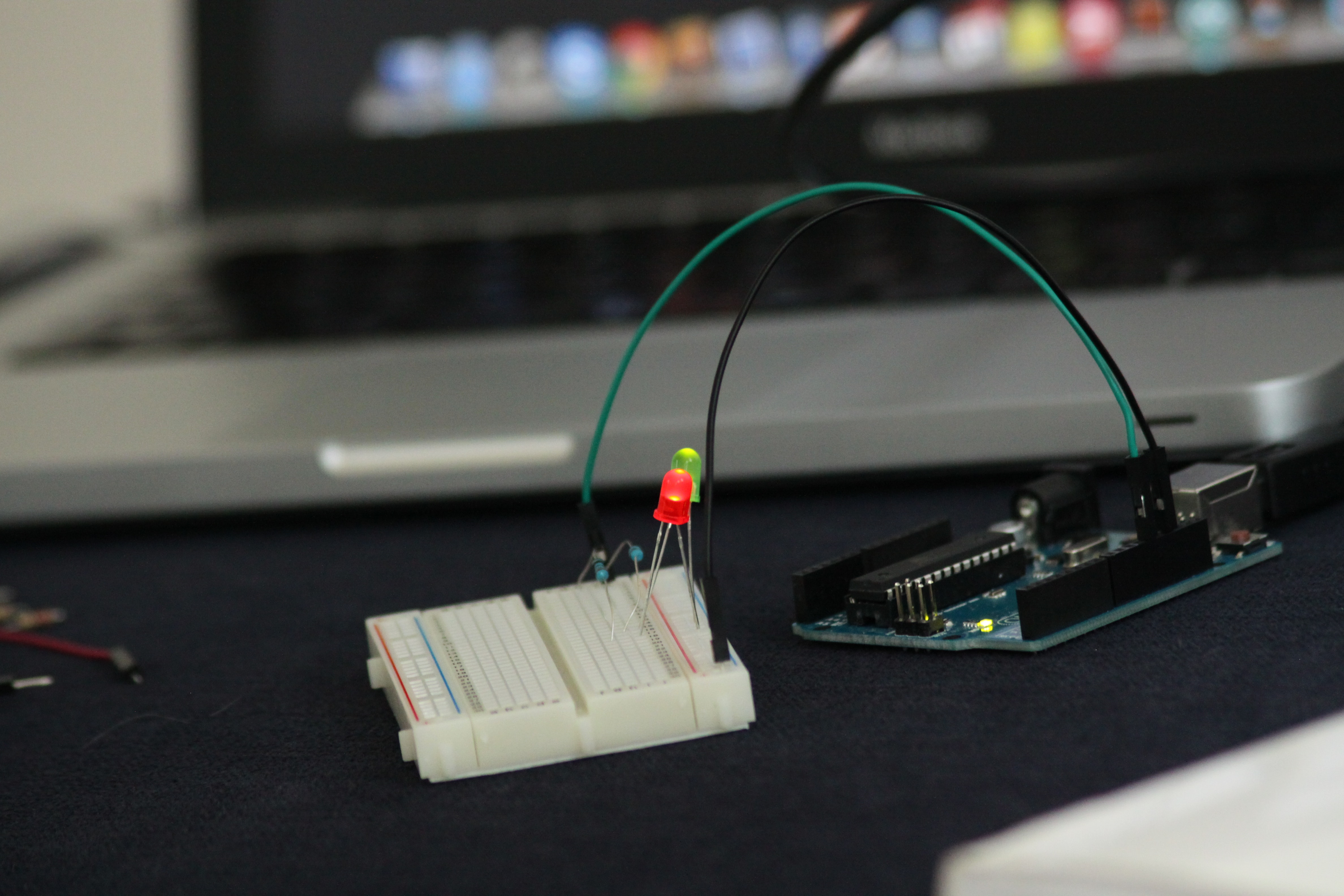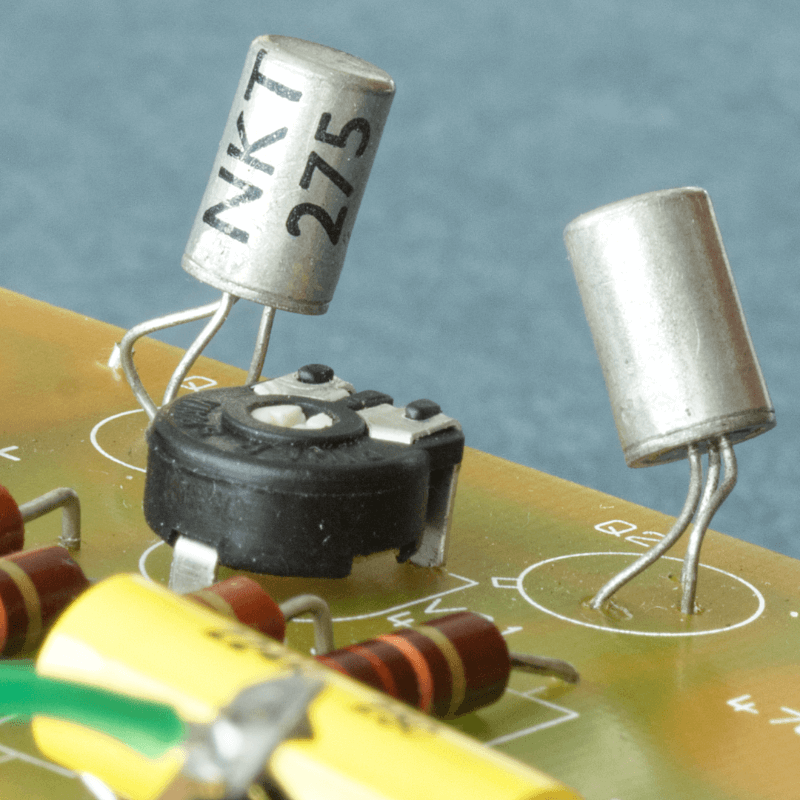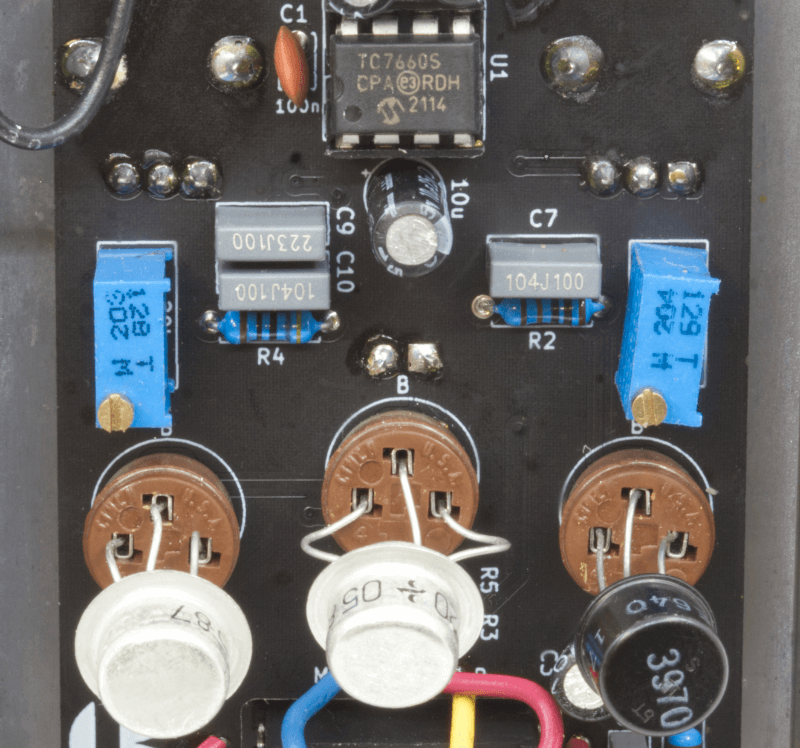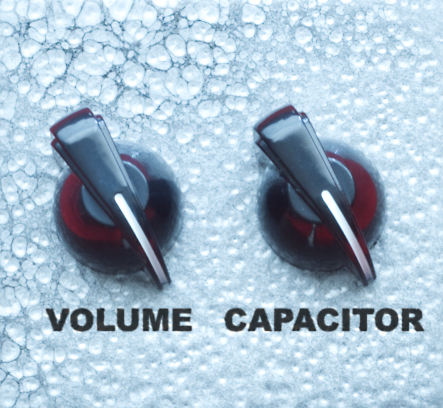Tech Articles
Welcome to the CE Distribution Tech Articles. This is where you can find useful technical reference information to help you better understand our parts and become a better technician! Click on a topic below to see more about it.
12AX7 Comparison of Current Made Tubes
A comparison of some of the most popular 12AX7s currently being produced. Use this chart as a starting point to find which current production 12AX7 will work best for you. 2016 update.
12AX7 Tube Diagram
This diagram of a 12AX7 vacuum tube includes a tube pin-out for a quick reference. There's also a drawing to help you identify the physical structures you can see beyond the glass of a 12AX7.
3PDT Daughter Board Guide
A guide on how to make use of our 3PDT daughter boards for easier wiring and installation of 3PDT footswitches.
6146 Family of Vacuum Tubes
This article provides some interesting historical and background information on the 6146 family of vacuum tubes.
6L6GC Comparison of Current Made Tubes
A comparison of some of the most popular 6L6GCs currently being produced. Use this chart as a starting point to find which current production 6L6GC will work best for you.
6L6GC Tube Diagram
A drawing to help you identify the physical structures you can see beyond of the glass of a 6L6GC.
Accutronics Products and Specifications
Use this to understand the commonly-used Accutronics reverb tank code designations and what they mean. This article can be used to help identify a mystery tank and potential substitutes.
Amplifier Conversion Guide - 6L6GC to EL34 Conversion
This conversion guide will show you how to convert a standard class A/B dual 6L6GC power amplifier to a dual EL34 power amplifier.
Amplifier Conversion Guide - Bassman Bass to Tremolo
This guide adds tremolo to silverface Fender® Bassman amps such as the Bassman 70 or Bassman 100. Using the tube from the Bass Instrument channel, the circuit is modified into the classic tube tremolo circuit.
Amplifier Conversion Guide - Blackface/Silverface Normal channel to Bass
This guide converts the Normal channel of a blackface or silverface amp into the classic Bass Instrument channel from Bassman amps.
Amplifier Conversion Guide - Blackface/Silverface Tone Stack Mod
This guide converts the TMB tone stack of a blackface or silverface amp to a modern aggressive-voiced tone stack. The modification is achieved by replacing capacitor and resistor values in the original tone stack.
Audible Frequency Range and Describing Tone
An article on the way frequencies are interpreted by human hearing, as well as some tips to help with describing tone in a way that everybody can more easily understand.
Basic Electric Guitar Circuits 1: Pickups
The first of three articles on basic guitar electronics. Learn how passive single-coil and humbucker pickups work.
Basic Electric Guitar Circuits 2: Potentiometers & Tone Capacitors
The second of three articles on basic guitar electronics. Learn how potentiometers and capacitors work.
Basic Electric Guitar Circuits 3: Switches and Output Jacks
The last of three articles on basic guitar electronics. Learn how switches and output jacks work.
Biasing Tube Amplifier Calculator
Need to know how to bias your tube amplifier? Enter your amplifier voltage and the tubes you are using and we will provide you with with information on the appropriate bias points for your amplifier, as well as a general overview of how amplifier biasing is determined..
Biasing a Tube Amplifier
A guide to biasing fixed, adjustable-bias vacuum tube amplifiers. Includes an accompanying video for ease of installation and configuration.
Build Guide - 2 Tube Regenerative Radio
Learn how to build a 2 tube regenerative AM radio. Wind your own coils and build this project by hand!
Build Guides and Layouts for Pedals
Looking for our build guides? They have moved to their own space - check out our expanded list in its new home!
Building Your Own Two Conductor Instrument Cable
A DIY video for building your own 2-conductor instrument cable for guitars and other instuments.
Can Capacitors - How CE Manufacturing Makes Them
A series of videos demonstrating the way in which CE Manufacturing makes their can capacitors on original Mallory equipment.
Capacitance Converter
Type in a value of capacitance and convert quickly between mF, uF, nF and pF.
Capacitance Value Calculator for Molded Mica
Select the colors of each dot on a 3 to 6 dot molded mica capacitor, like those used in vintage electronics, to quickly identify the capacitance and tolerance.
Capacitor Parallel/Series Calculator
Ever wonder how equivalent capacitance is calculated from a set of capacitors wired together? Confused by other non-visual calculators? This interactive program allows you to build out your own capacitor wiring diagram and calculate the equivalent capacitance for the circuit.
Circuit Board Prototyping
A video with helpful information on how to easily prototype circuits using breadboards, padboards, and stripboards.
Common Electric Guitar Wiring Diagrams
Wiring diagrams for some of the most popular electric guitars including: Tele, Strat, Les Paul, PRS, ES-335 and SG. Note: each wiring diagram is shown with a treble bleed modification (a 220K resistor in parallel with a 470pF cap) added to the volume pots.
DIY Vibrato Shorting Plug for Blackface / Silverface Amps
If you own a vintage Fender® amp with reverb and vibrato, you’ve probably had those moments where you think the vibrato has stopped working only to realize that you forgot to plug in the footswitch. Luckily there is an easy way to eliminate the need for a footswitch.
Filters - Low Pass and High Pass
Passive low-pass and high-pass filters are found in a multitude of circuits including the tone knob on a guitar, the tone stack in amplifiers, and tone controls in pedals. This hands-onn interactive demonstration will show you how these filters work on actual audio output.
Fuzz Face Bias Calculator
A calculator for estimating the bias voltage for the Fuzz Face, Vox Tonebender, Schaller Fuzz, and similar circuits. This calculator can be used for silicon transistors, germanium transistors, or a combination of both.
Guitar Diagram
This drawing of an imaginary guitar points out the names of common electric guitar parts.
Guitar Pedal Jack and Footswitch Wiring
Proper wiring of offboard components in a pedal can depend on many things: whether or not the build is positive or negative ground, whether it uses a battery, a DC jack, or both, whether it uses an LED, etcetera. This articles takes a look at some of the most commonly-found true bypass wiring methods and when they are used.
Guitar Speaker Power Handling
Learn about guitar speaker power handling to help choose a speaker to last a lifetime.
Hammond Chassis Boxes
A chart showing Hammond chassis sizes for easy browsing.
Jensen Tone Chart
A quick comparison of current production Jensen guitar speakers including sound samples and technical specs.
LED Current Limiting Resistor Calculator
This calculator helps determine the correct resistor for use when powering a single LED. You will need to know the forward voltage and forward current which are usually located in the datasheet for your LED. With those two numbers as well as your supply voltage you'll be ready to calculate the current limiting resistor value.
LED Parallel/Series Calculator
This program will provide you with a visual guide on how to wire your LEDs together (ncluding proper resistor values) to obtain proper function based on your input voltage and the number of LEDs you are wiring.
Moreschi Wah-Fuzz (A Gary Hurst Design) Pedal Teardown
The Moreschi Wah-Fuzz is an Italian-made Fuzz/Wah from the late 70s designed by Gary Hurst. It uses the same circuit as the UFO Wah Fuzz Swell from Gary Hurst’s Electronic Sounds brand. This article is a teardown of an original Moreschi unit, with bias voltage measurements and a schematic traced from the original circuit board.
Newmarket NKT275 White Dot Transistor Measurements
Original NKT275 transistors are sometimes credited with being responsible for the iconic sound of the original Dallas Arbiter Fuzz Face pedal. These days, genuine NKT275s are expensive, scarce, and commonly faked. In an effort to make it easier to match the original transistors using other types, we have published detailed measurements taken from a set of genuine NKT275s pulled out of a First Fuzz (a Fuzz Face variant) built by Denis Cornell, who originally built and tested Fuzz Faces for Dallas Arbiter.
Operational Amplifier (Op-Amp) Tester
Confused about how op amps work? For those without a fancy workbench setup for testing op amps, this virtual oscilloscope and wave generator will allow you to build and test your own op amp circuits to see how they affect voltage gain. Useful for determining how to wire an op amp to obtain the gain you need in your circuit, as well as for learning how op amps work!
PNP "Positive Ground" Pedal Considerations
This article looks at what exactly makes a pedal a "positive ground pedal", the power-supply constraints that come with these pedals, and how to design a typically positive ground pedal so that it can be daisy-chained with other pedals.
PNP "Positive Ground" to NPN "Negative Ground" Circuit Conversion
Many early and classic fuzz pedals used germanium PNP transistors wired in a positive ground configuration with battery power only. Building these circuits to use modern pedal power supplies rather than battery power can present issues. The simplest solution is to convert the build to a negative ground configuration and use NPN transistors.
Potentiometer Taper Charts
Resistance vs. shaft rotation plots for some common potentiometer tapers.
Potentiometer Types Demonstration
There are multiple types of potentiometers out there. If you are confused about what the difference is between linear, audio, reverse audio, and logarithmic potentiometers, this guide will provide you with the information you need to determine which type of potentiometer is appropriate for your application. In addition to why they might be used, an interactive demonstration will allow you to see how resistances change in a circuit depending on the rotation of your potentiometer.
Potentiometers - Modifying Taper
A walkthrough on modifying potentiometer tapers in circuits using additional resistors.
Potentiometers - Modifying Taper Interactive Example
An interactive companion piece on modifying potentiometer tapers in circuits using additional resistors.
Rangemaster Modification / Variant: Input Capacitor Switch
The Dallas Rangemaster is a highly-regarded, classic treble booster which can sound great as it was originally built, but it has a few design issues which should be addressed when building it into a modern pedal format. Its simple circuit and limited controls also make it a popular sandbox for transistor swapping, component tweaks, or modifications/enhancements. One of the most common modifications is to add an input capacitor switch, which is an easy way to change how much of the low-end gets cut before the amplification stage.
Resistor Color Codes
Learn how to identify the value of resistance for 4 band and 5 band color code resistors.
Resistor Parallel/Series Calculator
Ever wonder how equivalent resistance is calculated from a set of resistors wired together? Confused by other non-visual calculators? This interactive program allows you to build out your own resistor wiring diagram and calculate the equivalent resistance for the circuit.
Resistor Power Rating Calculator
A simple but fundamental calculator that can be used to determine the power rating required for resistors.
Resistor Value Calculator
Select the colors of each band on a 4 or 5 band resistor to quickly identify the resistance and tolerance.
Silicon and Germanium Transistor Biasing - Part 1
Part 1 of this article looks at the various factors that play into the bias voltages of a germanium or silicon common emitter amp, how bias can be adjusted, and possible design considerations for more reliable transistor bias to accommodate varying transistor specifications.
Silicon and Germanium Transistor Biasing - Part 2
In part 2 of this article, we will see how to design a simple common emitter amplifier from the ground up with a target bias point, and see how varying transistor specifications can affect the bias point.
Silicon and Germanium Transistor Biasing - Part 3
In part 3 of this article, we will design an improved common emitter amplifier with a more stable bias voltage. We will see the much smaller effect that varying transistor specifications have on the bias of this amplifier, and we'll take a closer look at how the voltage gain of the amp can be modified.
Silicon and Germanium Transistor Biasing - Part 4
In part 4 of this article, we will take a closer look at what happens when transistor gain stages are combined, particularly in the well-known Fuzz Face circuit topology, a DC-coupled 2-stage common emitter amp with negative feedback.
Silicon and Germanium Transistor Biasing - Part 5
In part 5 of this article, we will see how to handle unique germanium characteristics in transistor amp design. We will derive accurate equations for calculating circuit conditions for the Fuzz Face topology using either germanium or silicon, and we will use the germanium Schaller Fuzz to calculate transistor specifications required for proper biasing of the stock circuit using the derived formulas.
Speaker Diagram
This drawing will teach you the reference names of guitar speaker components.
Speaker Impedance, Power Handling and Wiring
Learn how to match your guitar speaker(s) to your amplifier based on impedance and power handling (Includes the formulas for parallel and series resistance).
Speaker Wiring Calculator
Speaker wiring is a simple but often confusing task. This app will do all of the work for you. All you need to know is the output impedance of your amplifier and the number of speakers in your cabinet to get all available options to wire up your cabinet.
Spring Reverb Tanks Designation Calculator
Have your reverb tank designation (i.e. 4AB3C1B)? If so, fill it in here and we will tell you what it means and which tanks you can exchange it for.
Spring Reverb Tanks Explained and Compared
Learn about what spring reverb tanks do, their inner workings, and what each part of the Accutronics code means.
Spring Reverb Tanks Explained and Compared - Videos
Video demonstrations of our spring reverb tanks article above.
Stomp Box Enclosure Size Comparisons
A chart indicating common stompbox sizes for easy browsing.
Switches - What are Poles and Throws?
Switches are often described by the number of poles and throws they have (SPST, SPDT, DPDT). This article will explain what those abbreviations mean and how they are used in circuits.
The Speakers for Electric Guitar
Possibly the most crucial - and least recognized - factor for your tone. An article on how speaker construction changes tone.
Tuning Machine / Tuner Types
Information on the types of tuning machines used on guitars and basses.
Useful Conversion Factors
A listing of the prefixes from femto to tera and what they represent. There are also some common length, weight and temperature conversions.
Vibramate Guitar Model Adaptor Guide
Vibramate guitar model guide
Voltage Divider
Voltage dividers are a circuit you'll find in a variety of devices. This calculator helps you determine the correct resistor values or voltages required for you design.
Wire Gauge Guide
A guide on wire gauge and its uses.
Yellow Jacket Tube Converter Technical Information
Just about everything you need to know from the technical side to help choose Yellow Jackets for your amp.
We plan to continually develop the Tech Articles based on customer feedback to answer common questions about our parts. If you have a technical question that is not explained above, please contact us.


